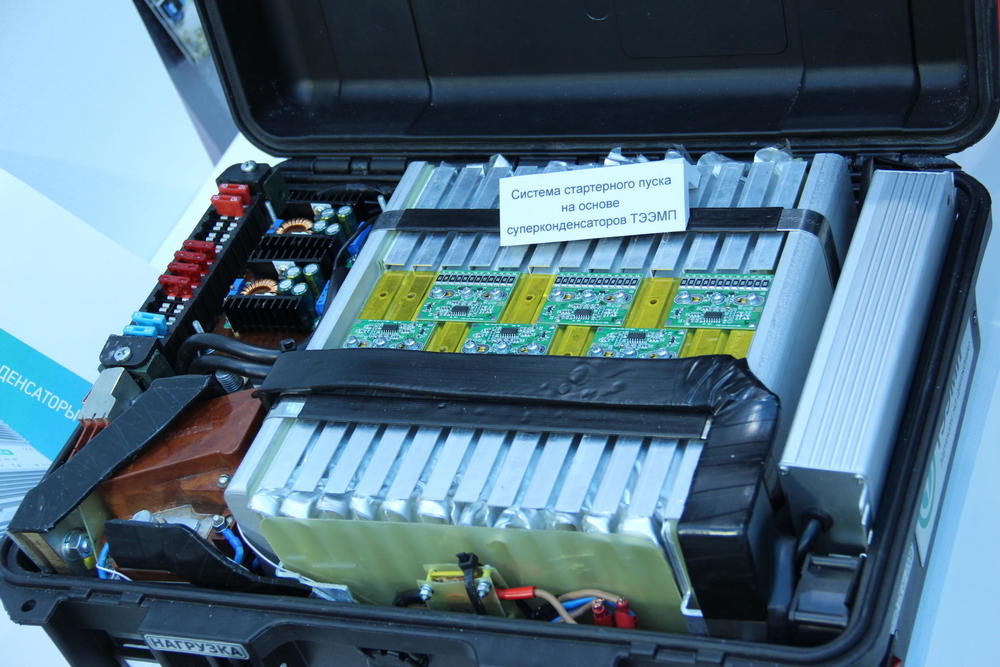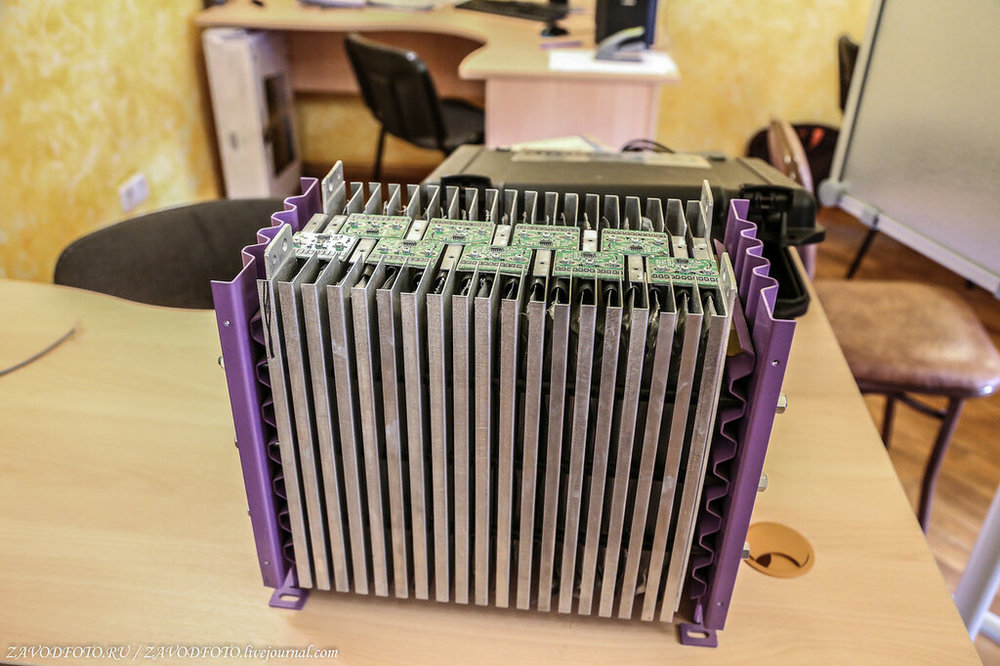Hogweed, which has grown over vast territories of Russia, can theoretically be used as material for batteries. Scientists from NUST “MISiS” investigated the possibilities of fibrous substances in the stems of a plant. They made electrodes - elements of devices capable of storing energy. It has been experimentally proved that the capacity of devices working “on the cow parsnip” does not fundamentally differ from the capacity shown by more traditional materials.

Supercapacitors (SC), as everyone knows, are devices for storing energy. They are distinguished from traditional rechargeable batteries by their high power, long shelf life and long service life. Such properties are partly due to the fact that activated carbons with a highly developed porous surface act as the electrode material. These pores provide an increase in the area of the electrodes, on which the maximum volume of the accumulated charge directly depends.
Now scientists from different countries are actively experimenting, trying to get carbon materials for SC from various plant materials, especially from agricultural waste - from the shells of coconut, almond and walnuts, husks remaining after processing crops, etc.
Researchers from NUST “MISiS” tried to use the stems of the notorious hogweed, the very “sinister weed,” which, according to journalists, would soon enslave the entire planet. These stems consist of a hard bark and soft inner core, similar to a sponge, forming a diverse porous structure. Such a design could be effective for using carbon material as the basis of electrodes for SC.
In order to turn hogweed stems into a suitable material, it was necessary to find the optimal technology for their processing.

From dry stalks of hogweed cut bars about a centimeter long. Then, to remove various inorganic compounds contained in the stems, they were treated with hydrochloric acid, washed and dried. To obtain a carbon material, crushed hogweed stems were saturated with carbon dioxide at a temperature of 400 ° C. At the next stage, the obtained material was mixed with potassium hydroxide and activated, i.e., the pores formed were opened in an argon atmosphere at various temperatures.
Processing the starting carbon material at a temperature of 900 ° led to the formation of a surface with a large number of pores 2–4 nm in size.
“The main parameter of the supercapacitor is capacity, that is, a measure of the ability to accumulate an electric charge, ” said
Oleg Levin, associate professor at the Department of Electrochemistry at St. Petersburg State University . -
The capacity obtained on hogweed stems is at the same level as other tested materials. Of course, when using, for example, graphene, it will be higher. However, the use of plant waste material for the production of active carbon in itself is an unconditional global trend. From this side, this work deserves interest.
Of course, one should not take this study too seriously - hogweed was only one of the tested materials, and fell into this group solely to clarify the potential of plants with a similar structure. As the head of the work, the
head of the Department of Physical Chemistry of NUST “MISiS” Professor Mikhail Astakhov emphasized, it is unlikely that this will ever come to the industrial use of cowberry stalks for the production of electrodes, since the game will not be worth the candle. To obtain raw materials, you will have to travel around the country, cutting down the fields of hogweed, and transporting the production to the enterprise, because it is unreasonable to create sown areas for weed. Moreover, sooner or later, the reserves of the “wild” hogweed will run out, and the technology created for its processing will simply not be needed by anyone.
Only hogweed really enslave us all.
Then yes. Then prospects open up.